In today’s design world, lighting isn’t just functional—it’s an artistic expression that enhances every corner of your home. One of the most versatile and visually striking lighting options is the pendant light. But here’s the exciting part: you don’t have to stick to just one style. With the right techniques, you can mix and match pendant lights to create a balanced, cohesive, and beautifully lit interior.
This guide will walk you through how to blend different styles of modern pendant lights, from size and shape to materials and placement—without overwhelming your space. We’ll also share expert tips, definitions, and answers to 15 of the most frequently asked questions about this trend.
What Are Pendant Lights?
Pendant lights are hanging light fixtures suspended from the ceiling by a cord, rod, or chain. They come in various shapes, sizes, materials, and light outputs, making them one of the most flexible options in contemporary interior lighting.
Why Mix and Match Pendant Lights?
Mixing pendant lights:
-
Adds visual interest and depth to your space
-
Allows you to define different zones (especially in open-concept areas)
-
Lets you express your personality with a variety of design elements
-
Enhances both aesthetic and functional lighting
Whether you’re curating a cluster of kitchen pendant lights or layering a living room with different types of illumination, the key is harmony through contrast.
Key Elements to Consider When Mixing Pendant Lights
1. Style and Theme
Stay within a complementary style family. For instance, you can mix industrial with modern, or Scandinavian with mid-century. Mixing vastly different themes can make your lighting feel disjointed.
Tip: If you’re working with modern pendant lights, mix shapes or textures, but stick to clean lines and minimal ornamentation.
2. Size and Scale
Balance is everything. Pair one large statement piece with smaller accent pendants. Avoid using all large fixtures, as they can overpower a room.
Rule of Thumb: Vary the diameter or height but keep the total visual weight evenly distributed.
3. Color and Finish
Mix finishes like matte black with brass or chrome with glass, but maintain consistency in at least one element (e.g., material, shape, or tone) to keep the look intentional.
Pro Tip: Use a unified metal tone or coordinate colors across other décor elements like cabinet hardware or furniture legs.
4. Height and Hanging Arrangement
Play with height variations. In spaces like stairwells or over a dining table, staggering heights adds a layered and luxurious feel.
Design Insight: In the kitchen, kitchen pendant lights should typically hang 28–34 inches above the countertop.
5. Light Intensity and Bulb Type
Blend pendant lights with different brightness levels or beam angles to suit specific zones—task lighting for work areas and ambient light for relaxation spots.
Layering Tip: Dimmable pendant lights give you the most control and flexibility.
How to Mix Pendant Lights by Room
● Kitchen
Use a mix of linear pendants over the island and a single sculptural modern pendant light over the breakfast nook. Match finishes, but vary in shapes and sizes.
● Dining Room
Create a dramatic setup by clustering contemporary pendant lighting in varying lengths over the dining table. Use similar shapes with subtle differences for a curated look.
● Living Room
Combine a central statement pendant with smaller pendants in reading corners or above side tables. Stick to a cohesive theme for unity.
● Entryway
Mix globe lights with sculptural pendants at different heights to create a welcoming and artistic statement right from the entrance.
Installation Tips for Mixing Pendant Lights
-
Use a lighting plan to sketch the positions and dimensions before installation.
-
Mind your sightlines: Fixtures should never block important views or feel like obstacles.
-
Group in odd numbers for visual balance (especially 3 or 5).
-
Use ceiling medallions or track lighting to tie multiple styles together subtly.
Definitions You Should Know
-
Pendant Light: A single light fixture suspended from the ceiling, typically by a cord or chain.
-
Cluster Pendant: Multiple pendant lights grouped together as one fixture.
-
Linear Pendant: Lights arranged in a straight line, perfect for islands or long dining tables.
-
Task Lighting: Focused light that illuminates a specific area for practical use.
-
Ambient Lighting: General illumination that provides overall brightness.
15 Frequently Asked Questions About Mixing Pendant Lights
1. Can I mix different styles of pendant lights?
Yes, but keep a unifying element like color, material, or shape to maintain cohesion.
2. How many pendant lights should I use in a room?
It depends on room size and layout. Use odd numbers for symmetry and interest.
3. What is the best height to hang kitchen pendant lights?
28–34 inches above the countertop is ideal.
4. Can pendant lights be dimmable?
Yes, many modern pendant lights are compatible with dimmer switches.
5. Should pendant lights match other fixtures?
They don’t have to, but coordinating finishes and styles creates a harmonious look.
6. What type of bulb works best for pendant lights?
LED bulbs are energy-efficient and available in various color temperatures.
7. Can I use pendant lights in the bathroom?
Yes, but ensure they’re rated for damp or wet locations.
8. How do I avoid clashing pendant light styles?
Pick a common theme or material to tie the look together.
9. Are pendant lights suitable for low ceilings?
Yes, but choose flush or semi-flush designs to avoid crowding the space.
10. What are the most popular finishes for contemporary pendant lighting?
Matte black, brushed brass, chrome, and clear glass are trending.
11. Is it okay to use different shapes in one room?
Absolutely! Mixing round and linear shapes adds visual depth.
12. How do I mix pendant lights in an open floor plan?
Use them to define zones—each style can highlight a specific area.
13. Should pendant lights match furniture?
Not necessarily, but complementary tones help unify the space.
14. Can I install pendant lights on a sloped ceiling?
Yes, with adjustable cords or angled canopy adapters.
15. What’s the difference between a chandelier and a pendant light?
A chandelier typically has multiple light arms from one base, while a pendant is a single light fixture.
Final Thoughts
Mixing and matching modern pendant lights can elevate your home’s interior lighting from basic to breathtaking. With a thoughtful approach to scale, material, and placement, you can create a dynamic and cohesive lighting scheme that reflects your style and enhances your everyday living experience.
Whether you're redesigning your kitchen with elegant kitchen pendant lights or layering your living space with contemporary pendant lighting, the possibilities are endless when you blend style with strategy.





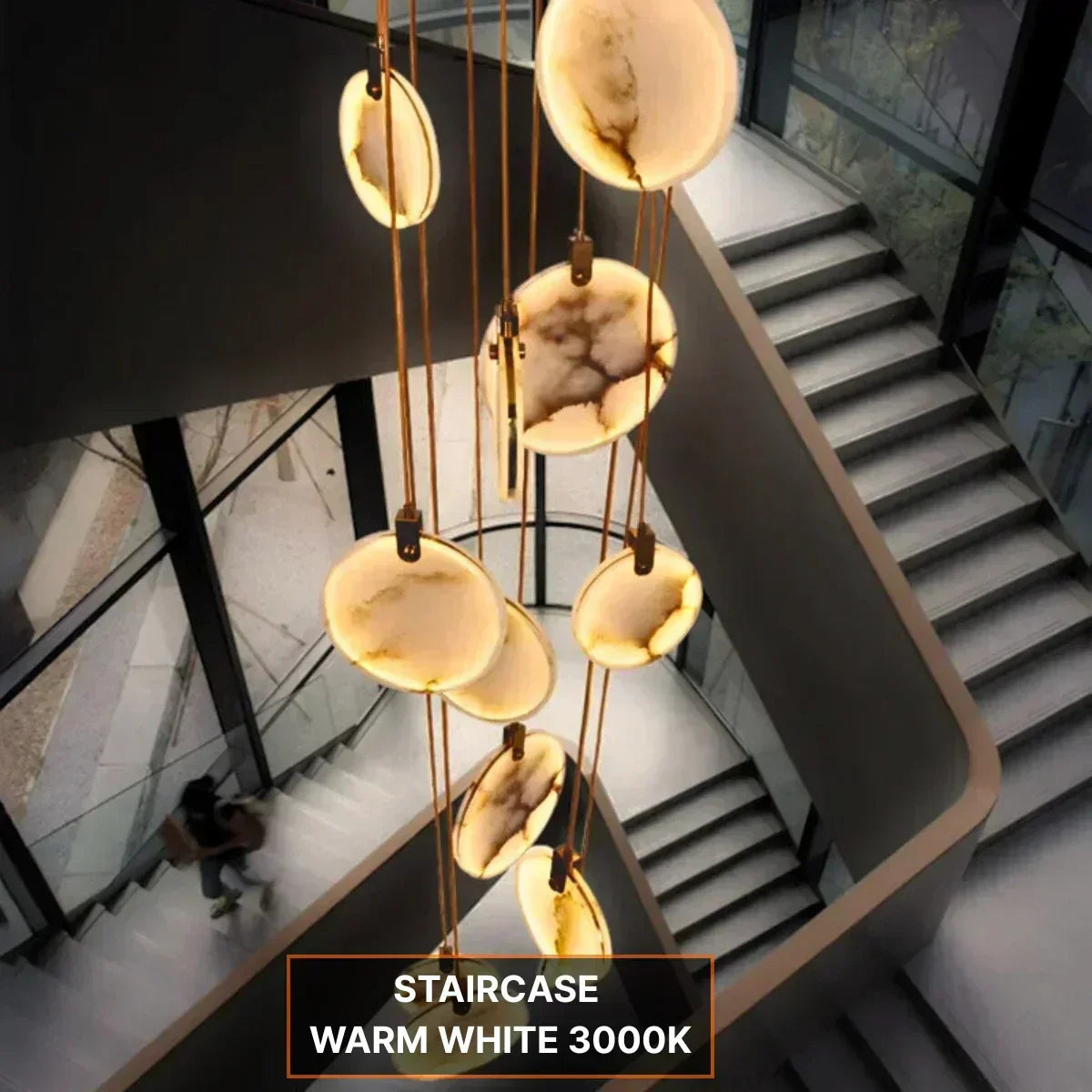
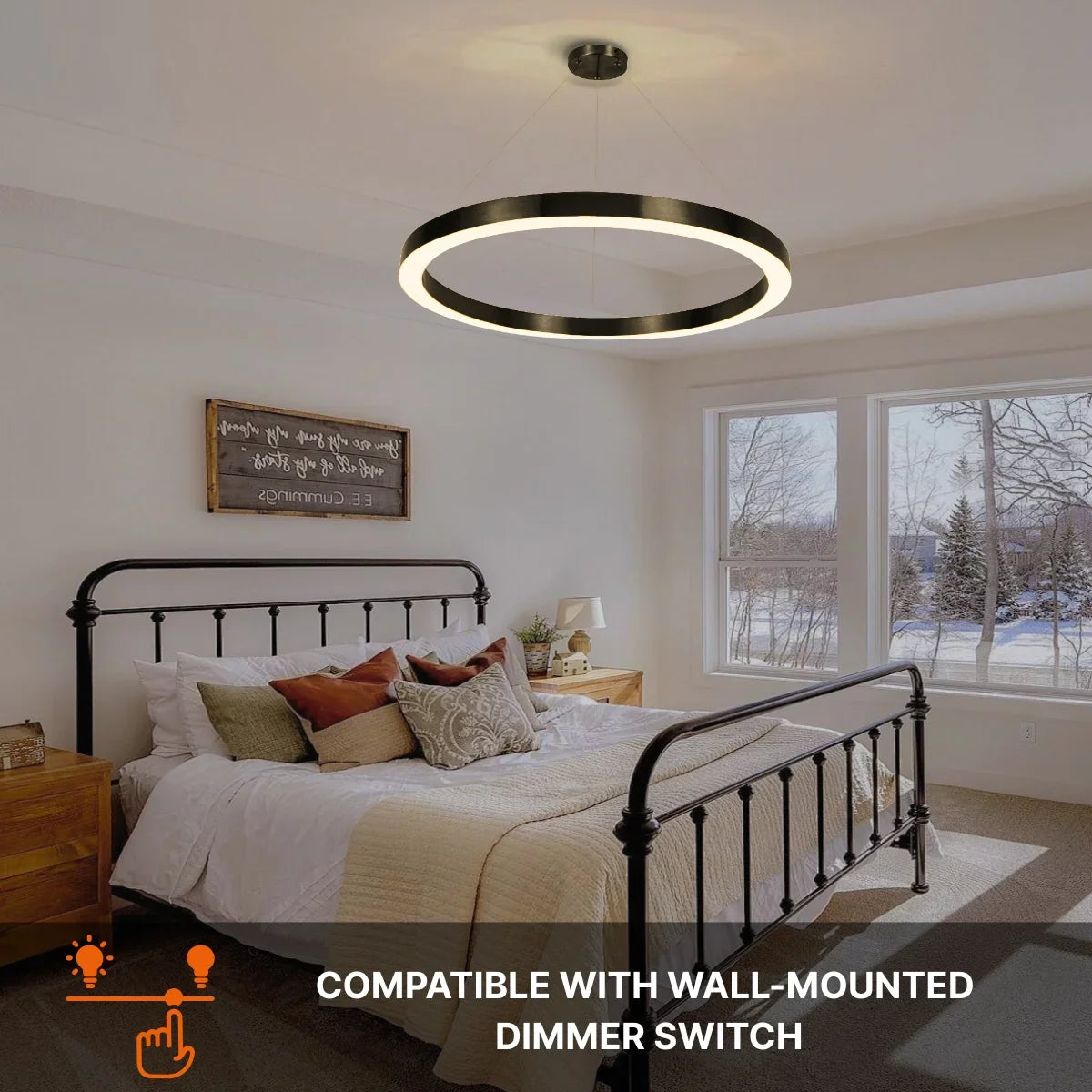
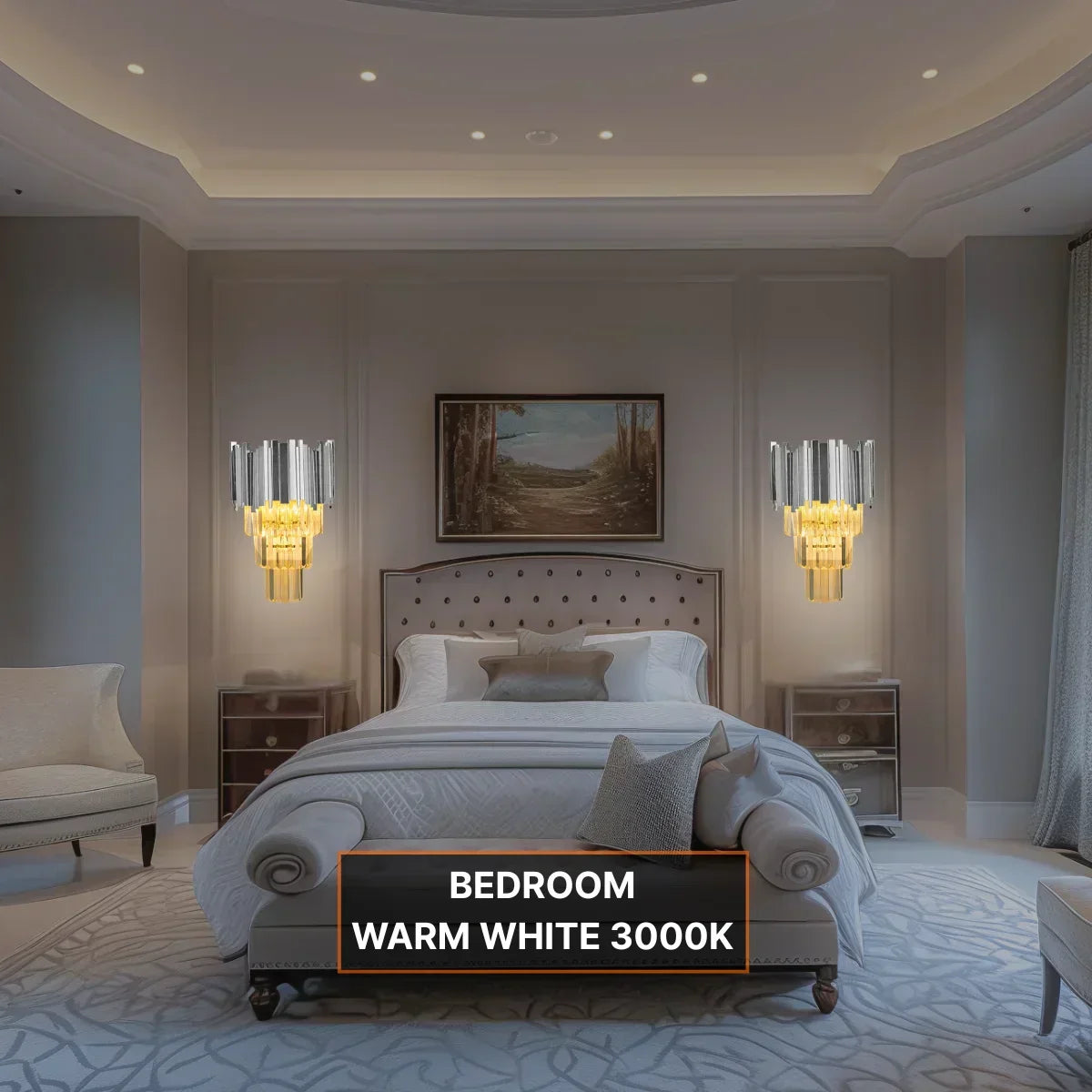


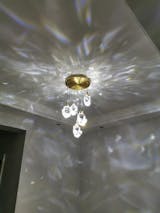
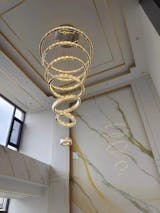
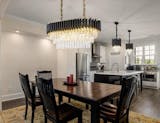
Share:
A Beginner’s Guide to Contemporary Pendant Lights
How To Clean and Maintain Contemporary Pendant Lights: A Complete Guide